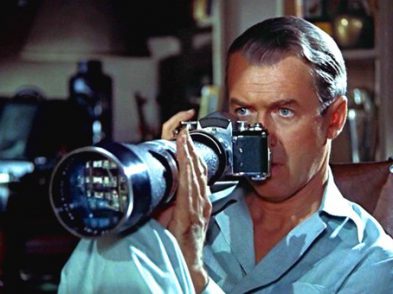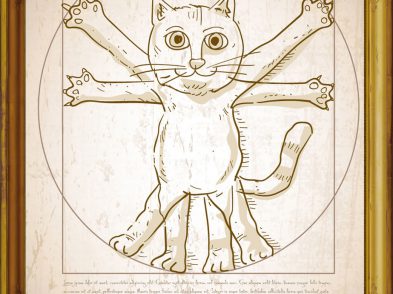Joseph Levi, head rabbi of Florence’s Sephardic synagogue, took a long, winding path to his current position. Now in his thirteenth year at the Florence synagogue, Levi sees the Jewish movement in modern Florence as one of diversity and progression. Rabbi Levi spoke with The Florentine intern, Jeremiah Bodner, about family, tradition, history and his passion for his vocation.
How did you decide to become a rabbi?
It’s very complicated. In university, I studied psychology and philosophy. Then I studied at two rabbinical institutes in Israel, a Jewish theological seminary and an institute for orthodox rabbinical studies. I did all that study for many years, and somehow at some point in my life, it has translated into being an active rabbi. But in the end, my family tradition is what made me become a rabbi. It became a call, so to say, for me.
You have spent the majority of your rabbinical career in Florence. Have you served anywhere else?
I served in Turin, in the same Jewish community that my great grandfather served. Both my father and grandfather were also rabbis in Italian synagogues. The Italian Jewish community has consistently been a major aspect of my life. In my hometown, Jerusalem, I frequently attended an Israeli-Italian synagogue.
Tell us about the history of Florence‘s Jewish community.
While the presence of Judaism in Florence can be dated from the Middle Ages, the initial, substantial, community came about during the rule of Cosimo de’ Medici, the Elder.
The core of Jewish life in Florence established itself on the other side of the Arno River in the area via dei Giudei, ‘Street of the Jews’. At that time, there were no social or economical restrictions on Jewish people, and their businesses flourished in the city.
With the development of the Jewish Ghetto in 1571, however, Jewish Florentine housing was segregated from the general public. In 1721, Grand Duke Cosimo III expanded the ghetto, as documented in the Libro di piante. Though they lived relatively well compared to other Jews in places around Italy and Europe, they were still separated in the ghetto.
When was the synagogue built?
After the Medici period, the Lorraines quickly lifted many restrictions on Florence’s Jewish community. Following this liberation, the Jewish population then began moving from the ghetto entirely, settling in other areas of the city, solidified by a vote from the Kingdom of Italy shortly after its installation in 1861. The sanctuary for the Jewish community, topped with the only green dome in Florence, was built in 1881. The temple, constructed in a Moorish style, has survived a variety of tribulations, as has the religious community it houses. Florence was, I would say, one of the most important communities in the history of Italian Jewry before the Second World War.
What was the effect of WWII on the Jewish community of Florence?
Now it is a small community in Italian terms, whereas before the war, it was a big community. Following the war, as numerous members of the community left Florence for other Italian cities, such as Livorno, the nearly 3,000 members rapidly dropped to about 1,500. Currently the congregation numbers about 1,000, the third largest in Italy, trailing only Rome and Milan.
How do you sustain a thriving community?
It takes an involved relationship between members of the congregation and the city of Florence. The relationship is very good, extremely good. It has a very important symbolic sense for Florence because how the Jewish community suffered in the war, but also from the contribution of the local Jews to the construction of the social traditions in Florence.
The relationship goes both ways. You cannot avoid modernity. If you close the door, it comes through the window. So changes maybe are slower, but Florence is certainly a modern and important town, and it has its influence on the synagogue. I welcome inventive ideas and adaptations to current practices in order to expand the relevance of Judaism in Florence. Many of these ideas can come from those visiting Florence.
How do you try to serve visitors as well as your congregation?
We try to maintain a welcoming atmosphere, have events that include visitors and offer classes for visiting students. I give a sermon in English during Friday-night services for those visiting.
However, language presents a problem for getting them more involved. For those staying in Florence longer, it depends. We have some courses, but the main problem is the language. Because if you come for a short while, first you don’t know the language; then, by the time you know it, you leave. I am personally not satisfied with what we do to absorb the international presence here. But we have Shabbat meals, Friday night meals. We have structures for those who really want and are trying to integrate. And I believe changes will come-slowly, slowly.
So, you try to maintain a connection to the past and also engage a growing number of foreigners to Florence?
Being a rabbi is a double-24-hour-a-day job. You are occupied with the community and with the society. And if you manage to give something and to do something, it pleases.




